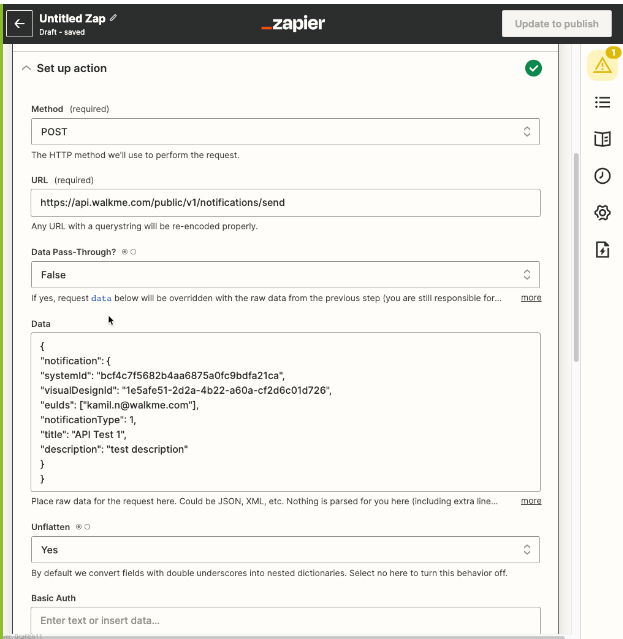Welcome to the
WalkMe Help Center
Please log in to continue

Please log in to continue

With the desktop and mobile menu Notifications API, you can use events in any system (even if it doesn't have a WalkMe snippet) to trigger a notification in WalkMe and automatically keep your users up-to-date. Trigger menu notifications with a REST call to our WalkMe Notification Webhook.
This article will provide the information necessary to make the REST call which requires both an authentication token and a JSON payload.
Any system that can call a REST API can be used to trigger notifications in the desktop/mobile menu.
Calling the API requires some permissions and technical setup. Make sure you have access and can do the following:
Here's what you need from WalkMe in order to make the API trigger. Steps on how to gather everything follows.
Specifically, you will find the information necessary to use a notification JSON with the following information:
What is an access token?
An access token is a credential that can be used by an application to access an API. They inform the API that the bearer of the token has been authorized to access a particular action.
The access token authenticates the API call, giving the application permission to pass data from its system to the menu.
From the Create new key panel:
From the Key Details panel:
For extra support and to get the authorization token: Developer page
Go to Communication Center and create a custom template ( Learn how to create a notification). There's a few things to keep in mind for the notification you create for the API:
In the case that you want a notification to be personalized, either to the user or to the event that's being triggered, you can add dynamic values that the API will fill in automatically.
In the image, there are two examples of values being overridden with dynamic text that will be replaced depending on the values the API trigger.
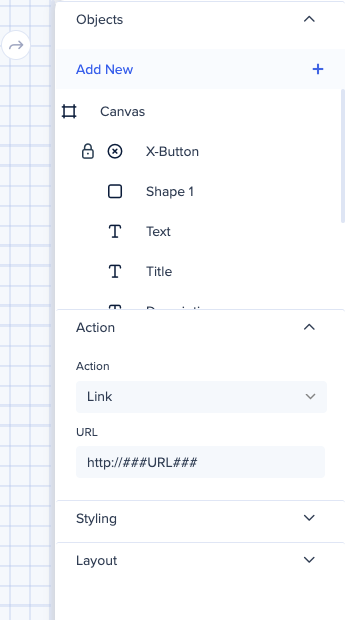
This is an example of API notification with Salesforce which is triggered when a new lead has been assigned. It will notify the salesperson of the opportunity name and link to the lead in Salesforce.
The following steps will connect the notification with the API.
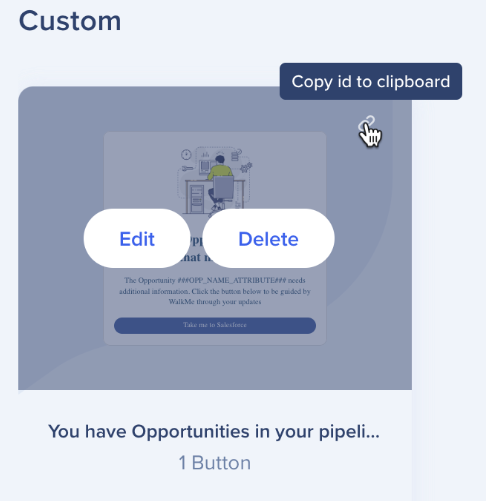
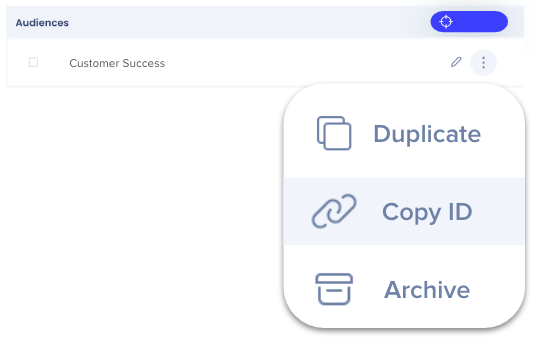
For extra support Developer page.
Now it's time to fill in some information on your API connection application. For clarity, we use Zapier to explain, but we are not endorsing this application over any other. Any similar app will work.
The information used below is universally necessary on all applications:
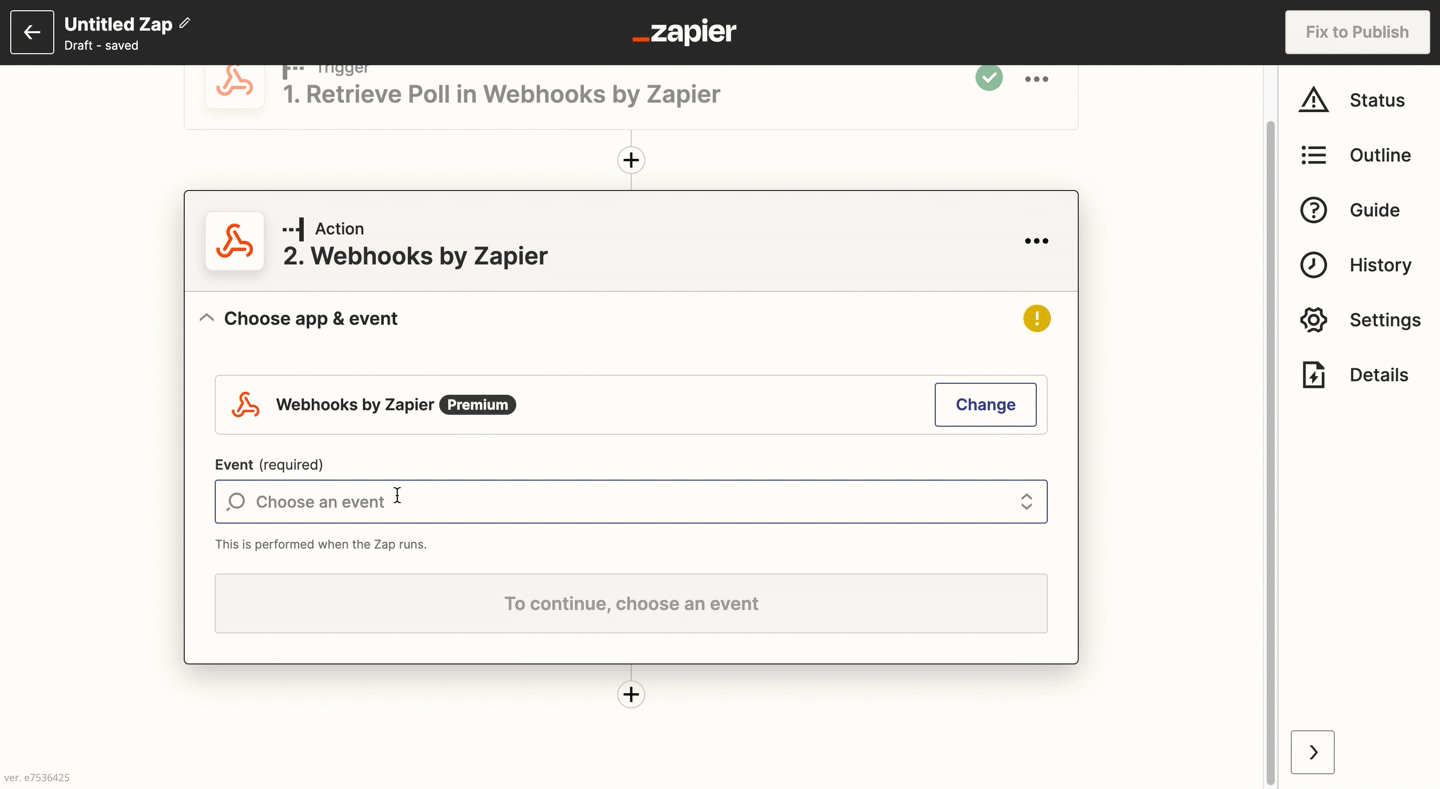
Add Basic Authentication
When using basic Auth, the clientID is the username and the client secret is used as the password.
Once you've added this information, you will be given an access token.
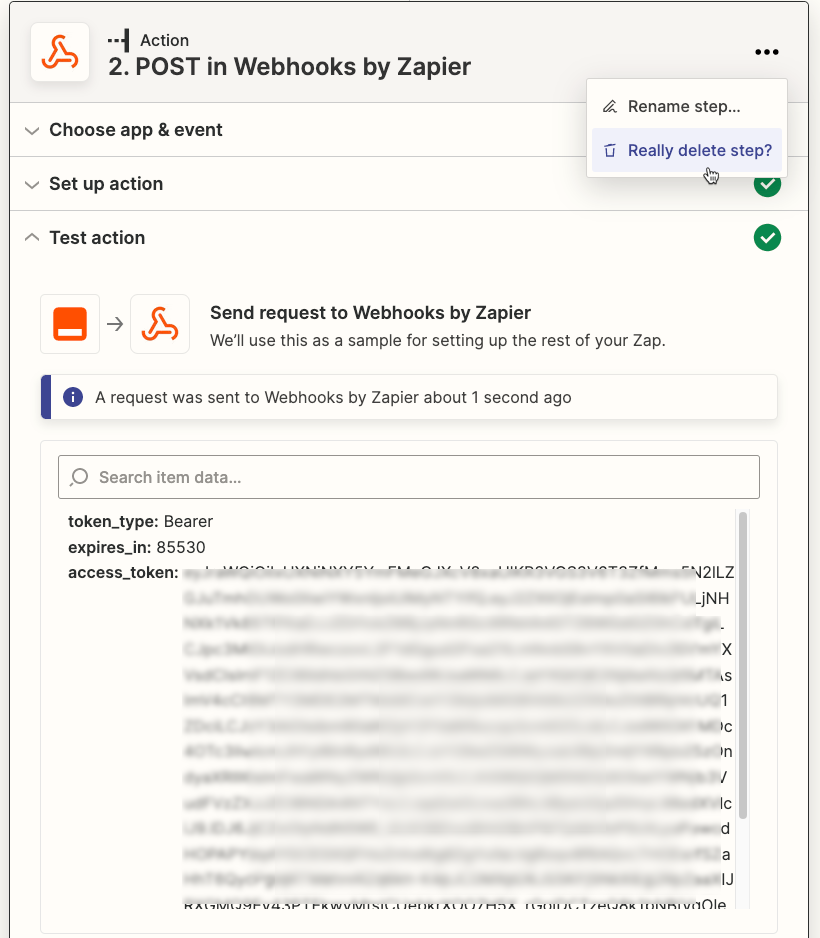
Now it's time to fill in the blanks and use the JSON code that will call the notification.
|
{ "notification": { "systemId": "<the workstation system id>", //Required if you have more than one workstation system "templateId": "<template id>", //Required "endUsersIds": ["<end user id 1>","<end user id 2>","<...>"], //You need either end-user ID or audience ID (you can use both), remove the one you aren't using "audiencesIds": ["<audience id 1>","<audience id 2>","<...>"], //You need either end-user ID or audience ID (you can use both), remove the one you aren't using "notificationType": "<how notification will display, push v popup>", //Optional, default push, remove if not using "title": "<notification title as appears in the ComCenter notification table>", //Optional, remove if not using "runtimeTitle": "<what will appear to end-users in the Workstation list and in the push notification>", //Optional, remove if not using "runtimeDescription": "<what will appear to end-users i in the Workstation list and in the push message>", //Optional, remove if not using "startAt": "<start date YYYY-MM-DD hh:mm>", // Optional, default right now, timezone is UTC, you can add a date and no time, default time is 00:00 UTC, remove whatever you are not using "endAt": "<end date YYYY-MM-DD hh:mm>", // Optional, default 30 days from now, you can add a date and no time, default time is 00:00, remove whatever you are not using "override": [ { // More comma separated {key:value} pairs can follow // For example, the value could be a URL that is passed from ServiceNow to open a ticket ] } } |
Here is an example of the JSON code with real data with few lines removed to make it simpler.
| { "notification": { "systemId": "bcf4c7f5682b4aa6875a0fc9bdfa21ca", "templateId": "1e5afe51-2d2a-4b22-a60a-cf2d6c01d726", "endUsersIds": ["name@email.com"], "runtimeTitle": "API Test 3", "notificationType": "Push", “override”: [ {“key”: “URL”, “value”: “www.someurl.com”} ] } } |
Now that we have the information we need, let's connect the dots. To make the call (connect the systems to create and publish new notifications in your organization's desktop/mobile menu), you'll need your JSON plus:
